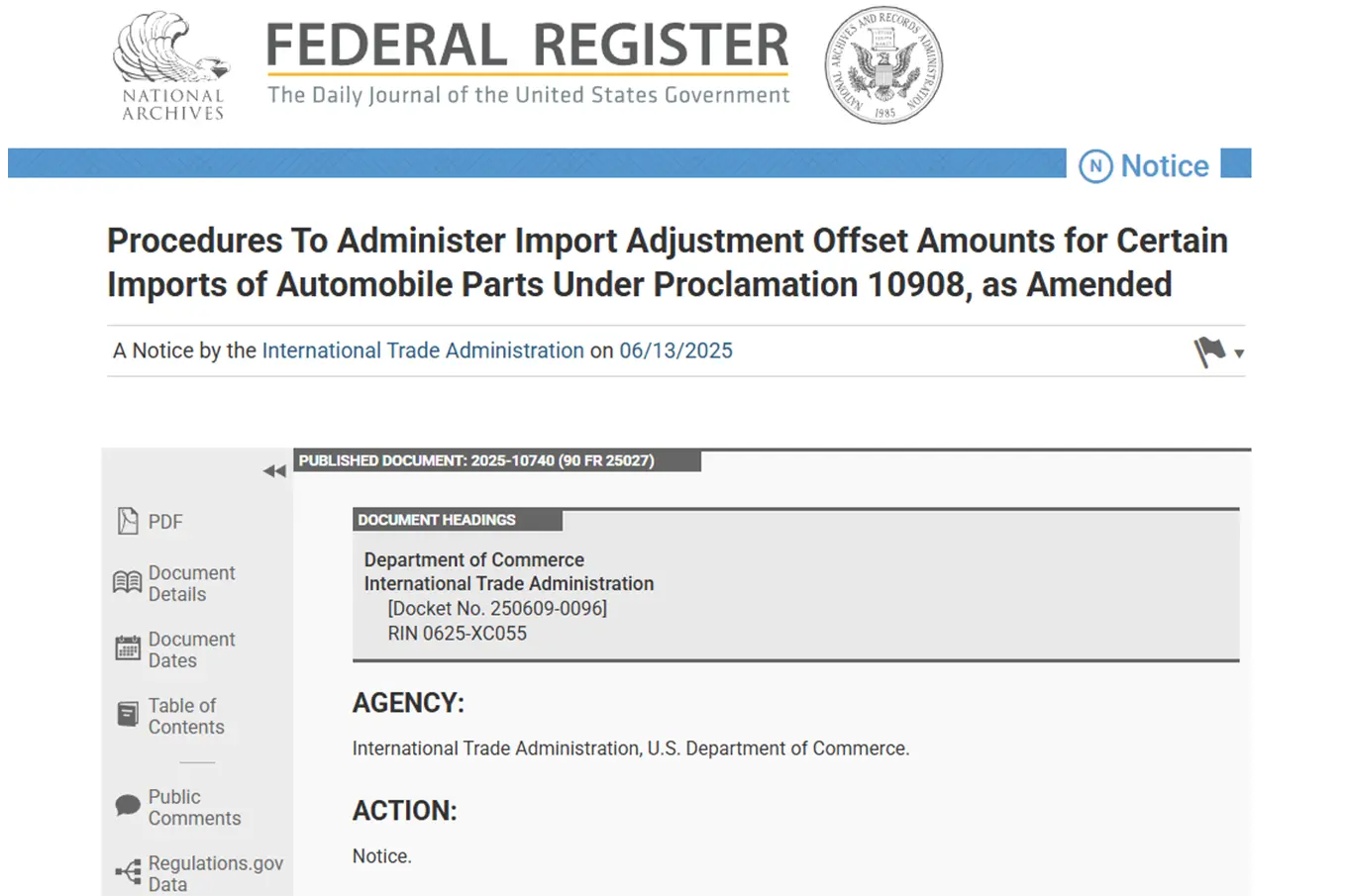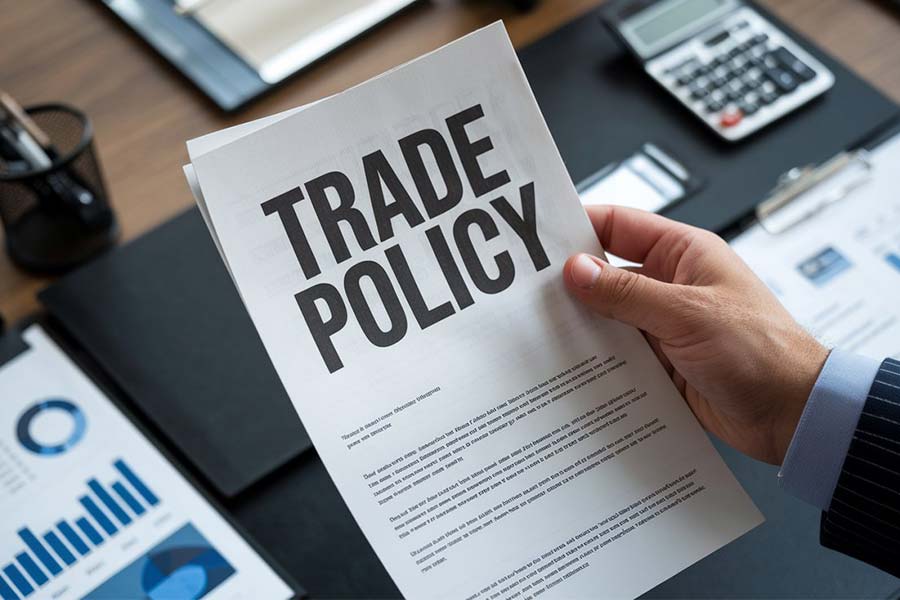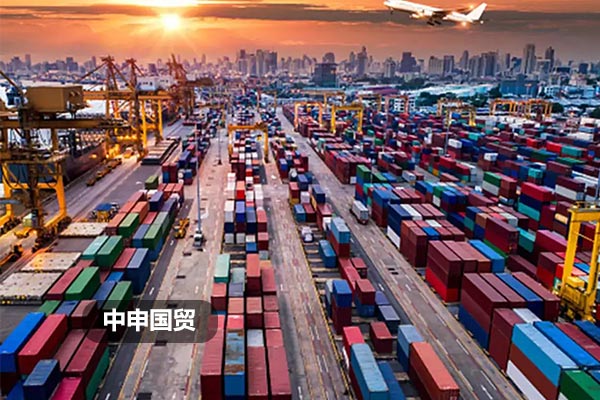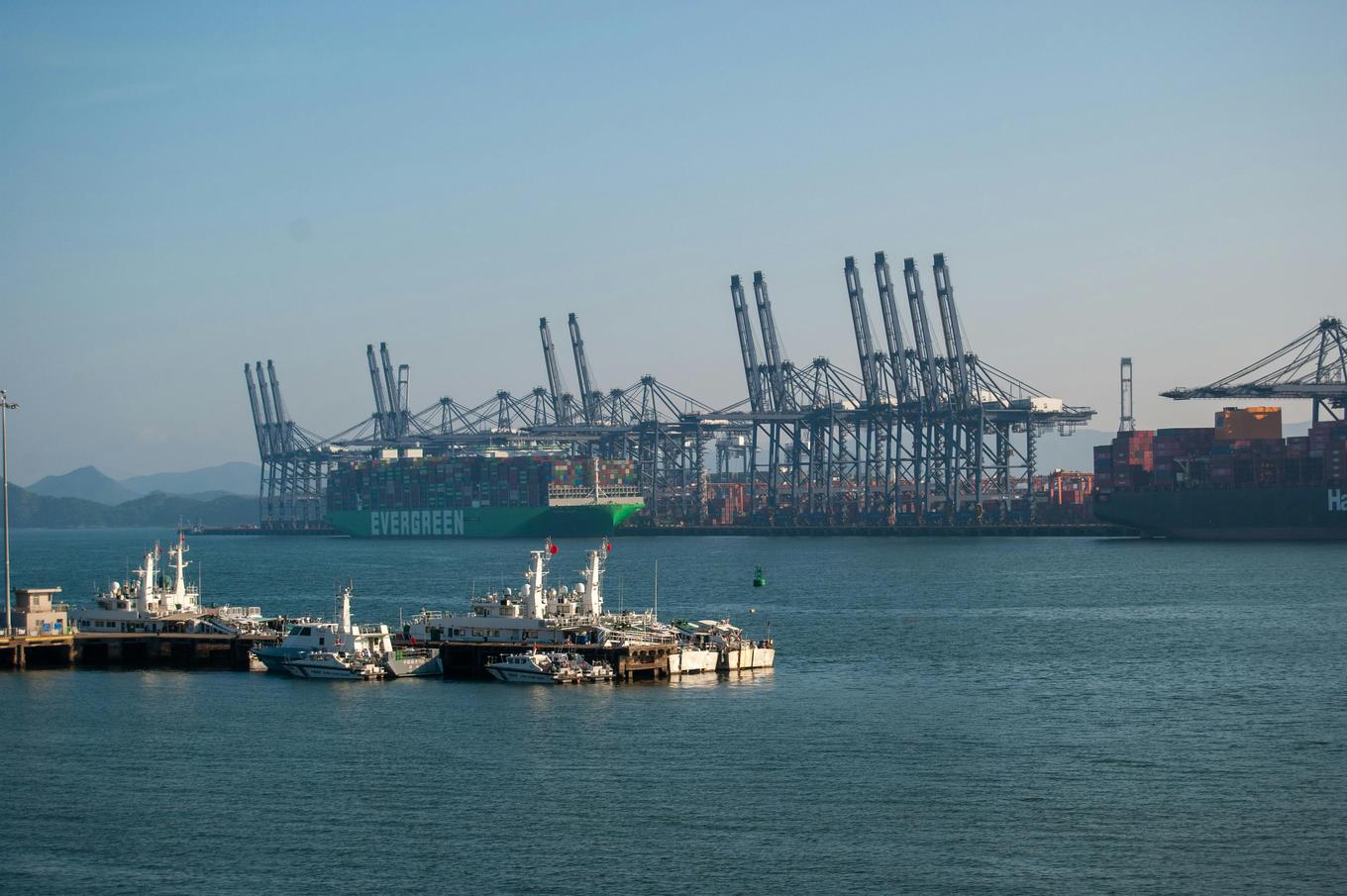- Shanghai Zhongshen International Trade Co., Ltd. - Two decades of trade agency expertise.
- Service Hotline: 139 1787 2118
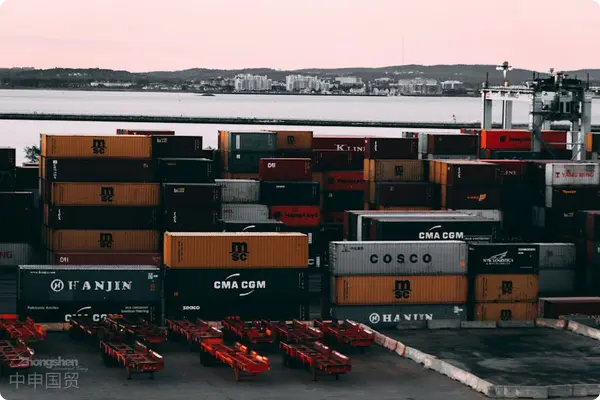
MiningEquipment ImportsNew market trends
With the global mining industry recovery, Chinas mining machinery imports in 2025 are expected to exceed $8.7 billion, a 23% increase compared to pre-pandemic levels. However, thespecial regulatory attributesof equipment imports have significantly increased operational complexity:46% of rejection casesInvolving HS code classification errors31% of port congestion issuesOriginating from lack of special equipment qualifications
Three-dimensional perspective of hidden risks
- Qualification blind spots
- Dual review of MA certification and explosion-proof certification specific to mining equipment
- Transition between EU CE certification and domestic coal safety certification
- Taxation black hole
- Standard 13% import VAT rate
- 3% preferential tariff rate applicable to specific mineral equipment
- Logistics Traps
- Road/rail intermodal transport solution for oversized equipment
- Constant temperature and humidity transport protection for core equipment components
The breakthrough approach of professional agency services
A typical case: A mining groups 2025 import of German tunnel boring machines
- Pre-qualification review: Completed coal safety certification pre-review process 6 months in advance
- Pre-classification of tariff codes: Adjusted originally declared code 8430.49 to 8430.31
- Transport disassembly: Adopted modular disassembly solution saving 45% transport costs
2025 customs clearance policy response strategies
General Administration of Customs Announcement No. 198 requires:Mining equipment imports must provide origin radiation test certificates. Professional agencies can:
- Establish equipment material database to predict compliance risks
- Create direct certification channels with overseas testing institutions
- Develop intelligent declaration system for one-click classification
Importing mining equipment is essentiallyThe balancing art between technical compliance and cost control. Choosing agents with mining professional backgrounds can reduce 38% hidden costs, shorten 55% clearance time, and secure critical project timelines.
Related Recommendations
? 2025. All Rights Reserved. Shanghai ICP No. 2023007705-2  PSB Record: Shanghai No.31011502009912
PSB Record: Shanghai No.31011502009912

